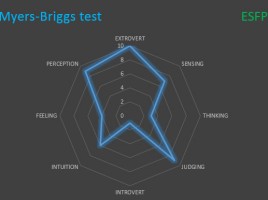
Histogram
Histogram is a diagram that is used for the graphical presentation of the statistical distribution of values. It consists of columns, arranged in descending order, which represent the frequency of their repetition. Excel 2016 provides the ability to create two types of charts: Histogram and Pareto. Pareto differs in that it is a combination of two charts: columns and lines. Columns show values, and the line illustrates their cumulative growth.




